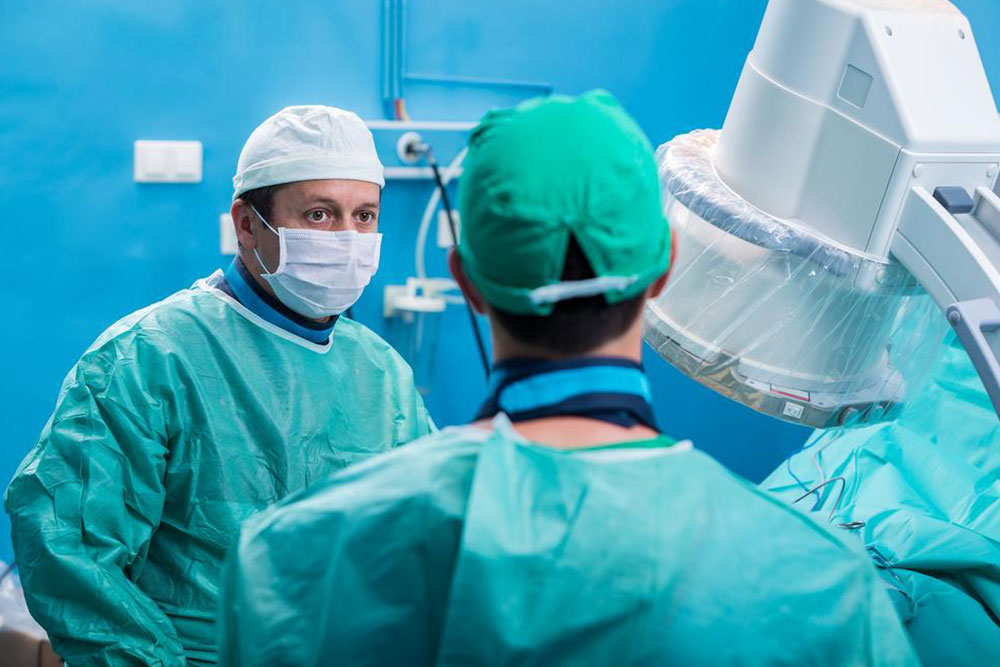FAQs About Vaginal Laser Surgery

Vaginal laser surgery is the treatment of vaginal atrophy whereby a wand is inserted into the vagina causing minuscule injury to the vaginal walls. The body responds by creating new collagen, which increases blood flow to the vagina eliciting a healing response. The vaginal walls become thinner enabling the popping up of the urethra and bladder. Vaginal laser surgery is done to restore a lack of intimacy especially for women that are approaching menopause as well as those experiencing non-optimal vaginal health. However, the majority of patients that are considering this process have numerous questions as highlighted herein, about the procedure trying to demystify what it is, how it is carried out, and what happens during the procedure.
Who Should Consider Vaginal Laser Surgery?
Women that have experienced childbirth, undergone chemotherapy or hysterectomy, and menopause can undergo a vaginal laser surgery procedure to help resurface tissue layers on their vaginal walls. These women may be experiencing trauma to their vaginal tissue arising from stretching that may cause thinning of vaginal walls making them lose their elasticity. The loss of elasticity may cause pain during intimacy affecting one’s self-confidence.
Would I Experience Pain During The Procedure?
The inserted wand contains an ergonomically shape that helps to reduce any discomfort while minimizing pain to the vaginal walls. The attending doctor may administer topical anesthesia to cause numbness in the area receiving treatment. The procedure may last 3 to 5 minutes per session, offering quick results.
Is The Procedure Safe?
Vaginal laser surgery is a very safe procedure guaranteeing long-term successful results with less trauma and risks.
Do I Need Admission Into A Hospital For The Procedure?
Vaginal laser surgery is a short procedure lasting about three to five minutes taking about 30 minutes consultation so it may be comfortably done in the doctor’s office or as an outpatient.
How Much Down Time Do I Require Post Treatment?
You can get back to your daily routine immediately after the procedure although some women may experience minimal discharge, slight discomfort, and spotting after the procedure. It is advisable to resume sexual intercourse after 48 hours.



